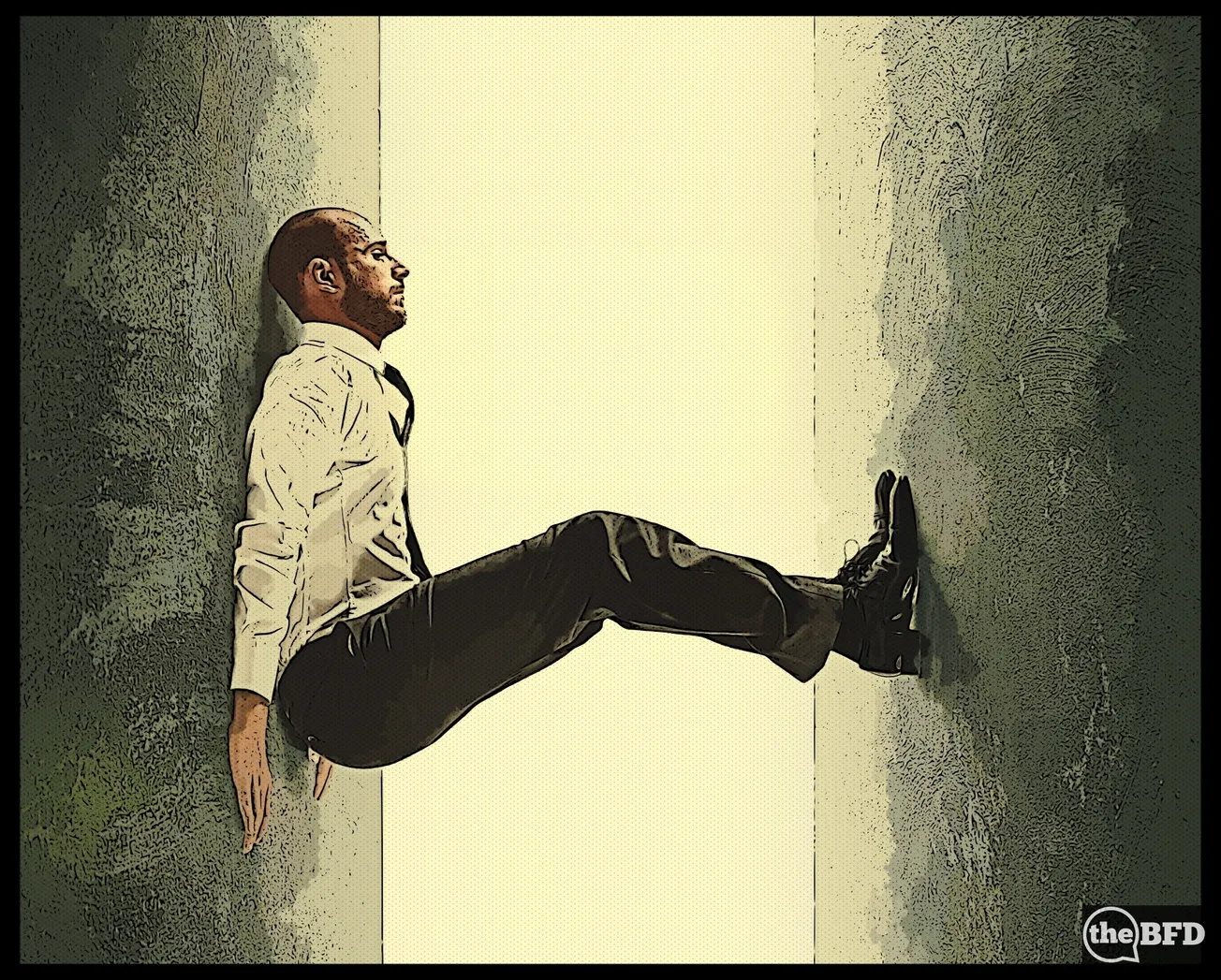Table of Contents
4 April 2022.
Since my last report many of my sources have managed to leave Myanmar and are safe in Europe, and mostly the USA.
It is becoming apparent that more and more, the global nature of disputes and conflicts is demonstrated in the interconnectivity of reactions and support for the conflicting sides.
At first sight it may appear that the coup in Myanmar is about as far from the war in Ukraine, both physically and politically, as it is possible to be. But…
On March 1, 141 of the 193 United Nations members voted for a resolution condemning Russia’s invasion of Ukraine. Thirty-five countries abstained and only Belarus, North Korea, Eritrea, and Syria voted with Russia against the resolution.
Myanmar voted for the resolution but that was only because it is still being represented by Kyaw Moe Tun, who was appointed by the pre-coup government of Aung San Suu Kyi.
Eager to placate its allies and benefactors in Moscow, Myanmar’s junta has openly supported Russia’s invasion.
On February 27, the Myanmar-language junta mouthpiece Myanmar Alin published a two-page commentary titled “Lessons from Ukraine for those who haven’t learned from history” by a writer using the pseudonym “Myint Myat”.
The article, published three days after Russia’s invasion, referred to Ukrainian President Volodymyr Zelensky as a “puppet of the West” while Russian dictator Vladimir Putin was praised as a visionary leader “who had had the foresight to quietly build up his country’s military and economic strength.”
The commentary was published two days after junta spokesman Zaw Min Tun supported the invasion in an interview with the Myanmar-language service of Voice of America, in which he said that “Number 1 is that Russia has worked to consolidate its sovereignty. I think this is the right thing to do. Number 2 is to show the world that Russia is a world power.”
These statements could be because the major supplier of military equipment to Myanmar is – yes, you’ve guessed it – Russia.
Russia has supplied the Tatmadaw with MiG-29 fighter jets, Hind Mi-35 helicopter gunships, transport helicopters and Yak-130 ground attack aircraft and light armoured vehicles. The fighters and gunships have recently been used to bomb areas where resistance fighters are known to be active but have often hit civilian targets.
Source, Bertil Lintner, Asia Times March 22nd, 2022.
This is where it gets interesting.
According to the United Nations International Trade Statistics Database (COMTRADE) and the United Nations Register of Conventional Arms (UNROCA), the main suppliers of arms and ammunition to Myanmar, between 2001 and 2019, have been China, India, Russia, Serbia, and Ukraine.
In 2019 news media reported that Ukrspetsexport, Ukraine’s arms export agency, was planning to establish a plant for the production of armoured personnel carriers in Myanmar. It is not known if the plant has become operational.
According to the United Nations Independent International Fact-Finding Mission on Myanmar, since 2015 Ukraine has sold BTR-4 armoured personnel carriers, MMT-40 light tanks and 2SIU self-propelled howitzers to Myanmar.
This presents a few interesting issues.
If Russia prevails in the war with Ukraine, Moscow will likely move quickly to demilitarise Ukraine, meaning its money-making arms export industry will be brought to a screeching halt.
If Russia’s invasion fails, Ukraine’s democratic government will likely not want to be seen as supporting Myanmar’s brutal military dictatorship through arms sales, particularly after the support and sympathy Kyiv has recently received from the West.
Meanwhile, future military cooperation with Russia will be greatly hampered because any payments for arms would need to be run through Russian banks that are now sanctioned by the West.
Also, Russia will not be wanting to export military supplies when it needs to replenish its own inventory.
This is likely to restrict Myanmar’s ability to pursue its internal conflicts, and although it can get increased supplies from China and Serbia, it will slowly suffer from its inability to source spares from Russia and Ukraine.
As I said earlier, this is a prime example of unintended consequences and shows the wide-ranging interconnectivity of conflict.









